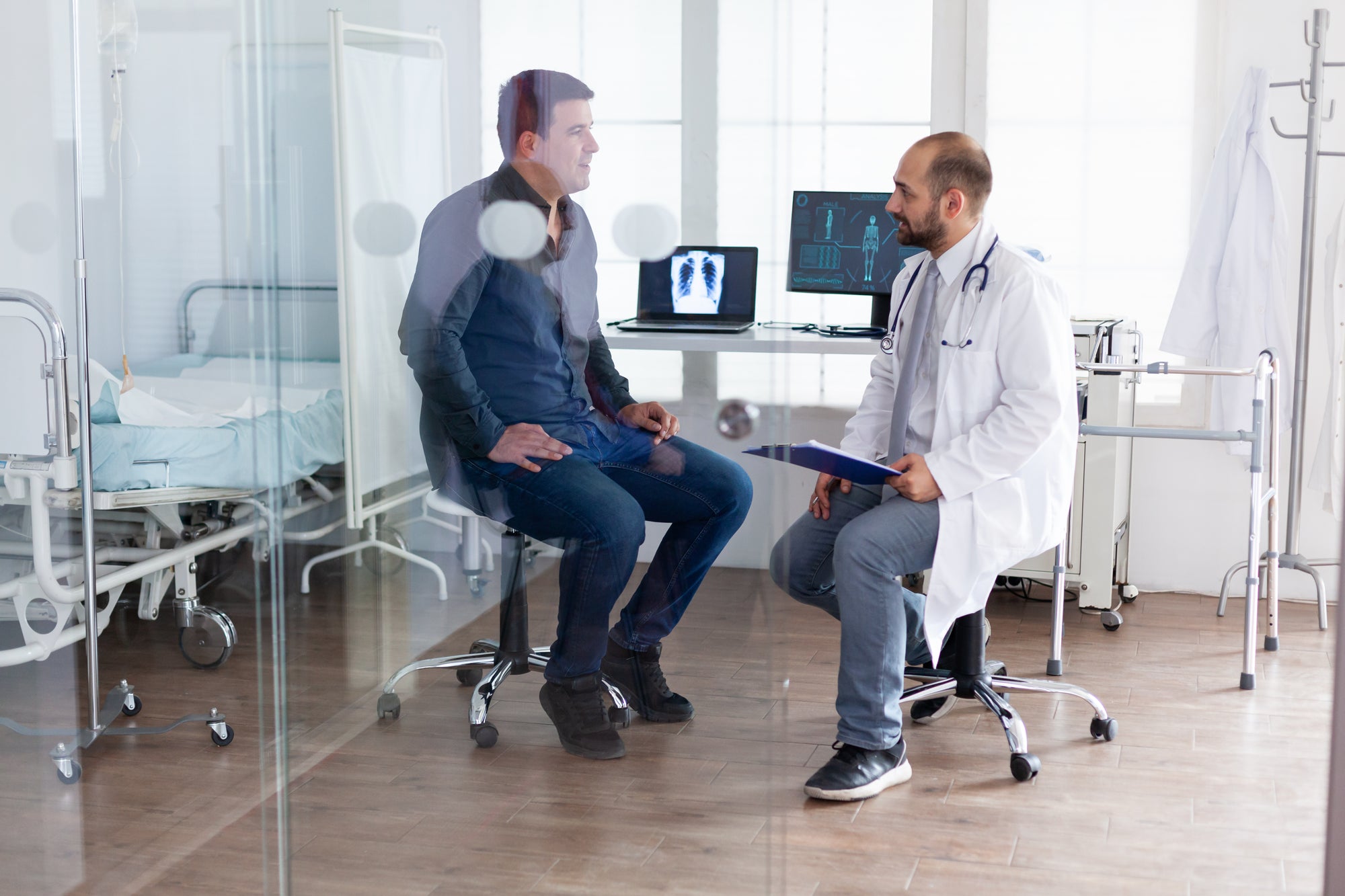

· By Trevor Horne
Prioritizing Occupational Health with Saddle Stools in Healthcare Practices
For healthcare professionals, occupational health is essential to maintaining long-lasting and successful careers. Ensuring a safe, comfortable, and supportive work environment benefits practitioners and contributes positively to patient care. A key element in promoting occupational health within healthcare practices is the implementation of ergonomic seating solutions like Saddle Stools. Designed specifically with healthcare professionals in mind, Saddle Stools have the potential to remarkably improve occupational health outcomes in a variety of disciplines, including dentistry, veterinary, surgery, and more.
In this comprehensive guide, we will delve into Saddle Stools and their role in fostering occupational health in healthcare practices. We will explore the importance of prioritizing occupational health, examine how Saddle Stools can reduce the risk of work-related musculoskeletal disorders, and provide practical tips on integrating these innovative seating solutions into your healthcare practice. By incorporating real-life testimonials and practical tips, we aim to comprehensively understand the value that Saddle Stools can bring to healthcare professionals in nurturing a safe and ergonomic work environment.
Join us on this educational journey into Saddle Stools and occupational health. Discover the transformative potential of these ergonomic seating solutions for healthcare professionals, ultimately benefiting patients and fostering a thriving practice that focuses on the well-being of both practitioners and those they serve.
Understanding the Importance of Occupational Health in Healthcare Practices
Occupational health plays a pivotal role in ensuring the safety, well-being, and longevity of healthcare professionals' careers. A focus on occupational health leads to decreased work-related injuries, enhanced job satisfaction, and an overall improvement in the professional environment. Moreover, healthcare professionals who prioritize their well-being are better equipped to provide high-quality patient care. Thus, integrating ergonomic seating solutions like Saddle Stools into healthcare practices is not just an investment in the practitioners’ well-being but potentially a factor contributing to positive patient outcomes.
The Role of Saddle Stools in Reducing the Risk of Work-Related Musculoskeletal Disorders
Work-related musculoskeletal disorders (WMSDs) are a common concern for healthcare professionals, often resulting from extended periods of sitting or standing in uncomfortable positions. Saddle Stools can play a significant role in mitigating the risk of WMSDs through several key features:
- Unique seat design: Saddle Stools' distinctive seat shape fosters an open hip angle, which promotes a more natural and healthier body posture. This design helps reduce the pressure on the lower back and decreases the risk of developing WMSDs.
- Height adjustability: Easily adjustable seat height ensures that Saddle Stools cater to each healthcare professional’s individual requirements, enabling an optimal seating position that reduces strain on the back, neck, and shoulders.
- Seat tilt adjustability: The ability to adjust seat tilt angle further aids in creating an ergonomic seating position, fostering the reduction of WMSDs.
- Spinal alignment support: Saddle Stools support the spine's natural curvature, reducing the risk of poor postural habits that could lead to WMSDs.
How Saddle Stools Foster Proper Posture and Body Mechanics
Proper posture and body mechanics prevent WMSDs and promote occupational health. Saddle Stools contribute to healthy body positioning by:
- Encouraging upright posture: The design of Saddle Stools supports an upright, balanced posture, which helps reduce the strain on the spine and muscles around it.
- Facilitating free range of motion: Saddle Stools' open hip angle enables healthcare professionals to move freely and maintain proper body mechanics while performing tasks.
- Engaging core muscles: Saddle Stools' design stimulates core muscle engagement, strengthening the body over time and improving posture and stability.
The Long-Term Advantages of Saddle Stools for Healthcare Professionals' Well-Being
In addition to short-term benefits such as improved comfort and posture, Saddle Stools offer long-term advantages that contribute to the overall well-being of healthcare professionals:
- Reduced risk of work-related injuries: The ergonomic design of Saddle Stools results in a lower risk of WMSDs and other injuries, leading to a safer and healthier work environment.
- Increased career longevity: By mitigating the risk of WMSDs and promoting proper body mechanics, Saddle Stools help extend the longevity of healthcare professionals' careers.
- Enhanced job satisfaction: The comfort and support provided by Saddle Stools contribute to an improved work experience, increasing job satisfaction and overall happiness.
Integrating Saddle Stools with Other Occupational Health Best Practices
For an extensive approach to occupational health, consider integrating the use of Saddle Stools with other best practices:
- Regular breaks: Encourage healthcare professionals to take breaks throughout the day to rest and stretch their muscles.
- Proper lifting techniques: Teach and emphasize proper lifting techniques to reduce the risk of WMSDs and injuries.
- Ergonomic assessments: Perform periodic ergonomic assessments to ensure that workstations are designed to foster proper posture and body mechanics.
Real-Life Testimonials of Healthcare Professionals Who Have Experienced the Benefits of Saddle Stools
- Dental clinic in Toronto: After introducing Saddle Stools into their practice, the team observed decreased lower back pain and experienced improved comfort throughout the workday.
- Veterinary practice in Calgary: The veterinary team experienced a significant reduction in fatigue and joint pain after incorporating Saddle Stools, leading to an overall increase in workplace satisfaction.
- Surgical center in Vancouver: Surgeons and staff noted an improvement in concentration and mobility, attributing these positive changes to the implementation of Saddle Stools in their work environment.
Conclusion
The integration of Saddle Stools in healthcare practices is a proactive step in promoting occupational health and well-being among medical professionals. By adopting these ergonomic seating solutions, practitioners can reduce the risk of WMSDs and foster a healthier, more productive work environment. ProNorth Medical, as a trusted provider of medical devices and equipment, is committed to supporting healthcare professionals in their pursuit of occupational health. Explore our range of Saddle Stools and invest in a more comfortable, efficient, and successful future for your healthcare practice.
